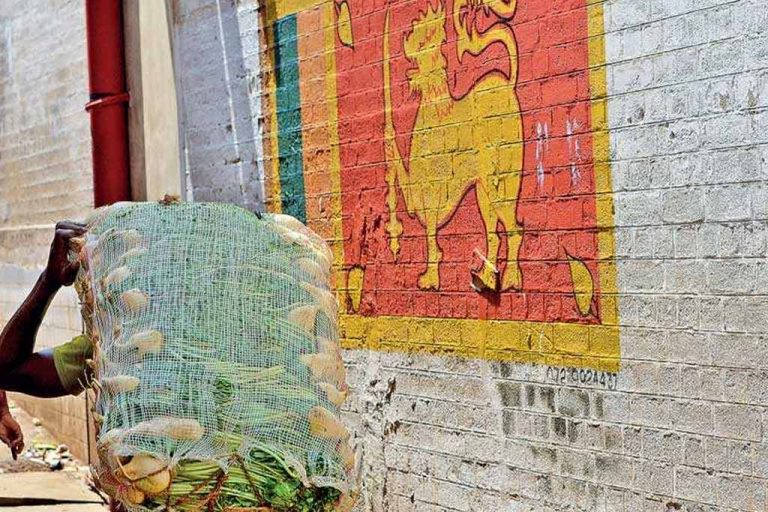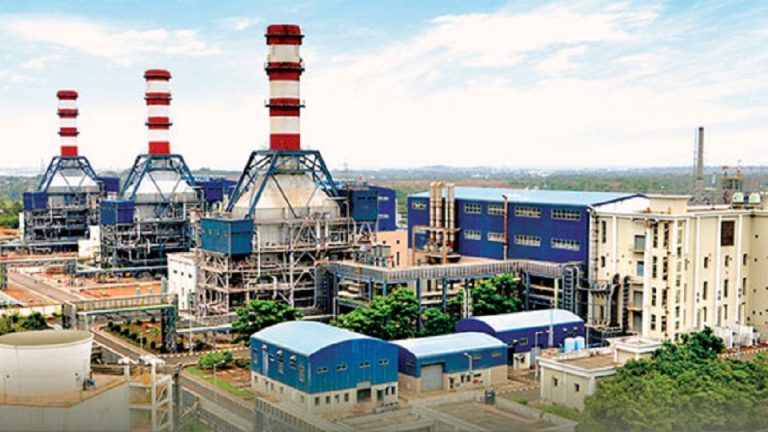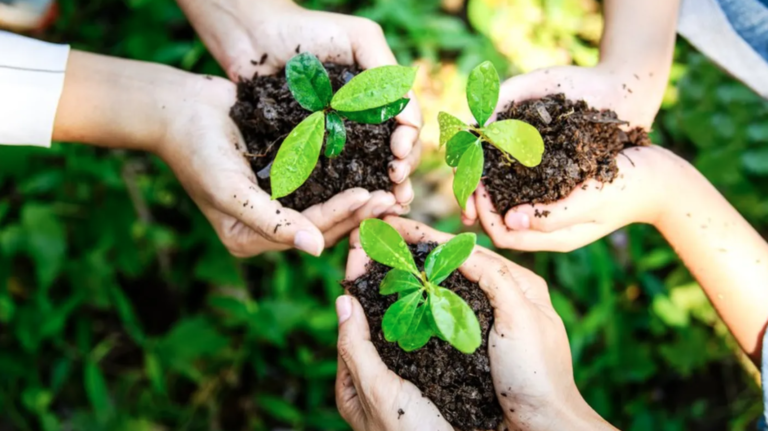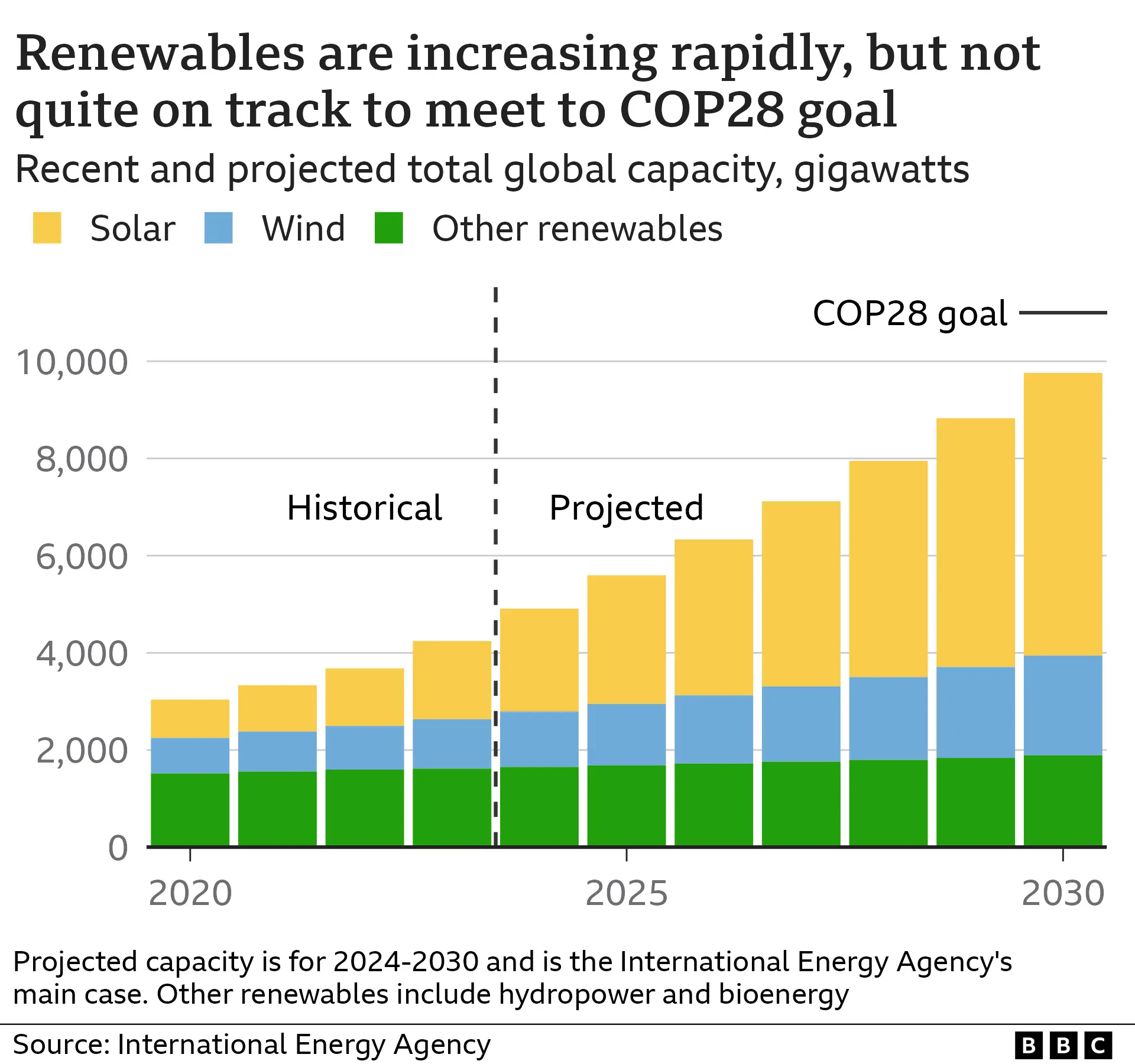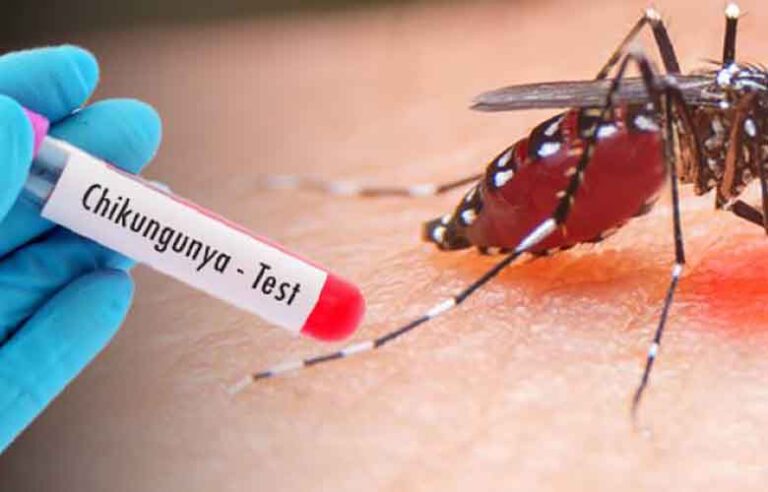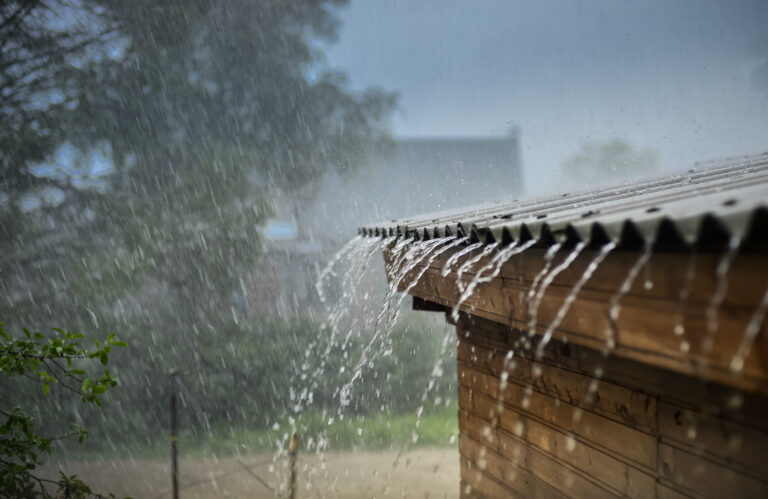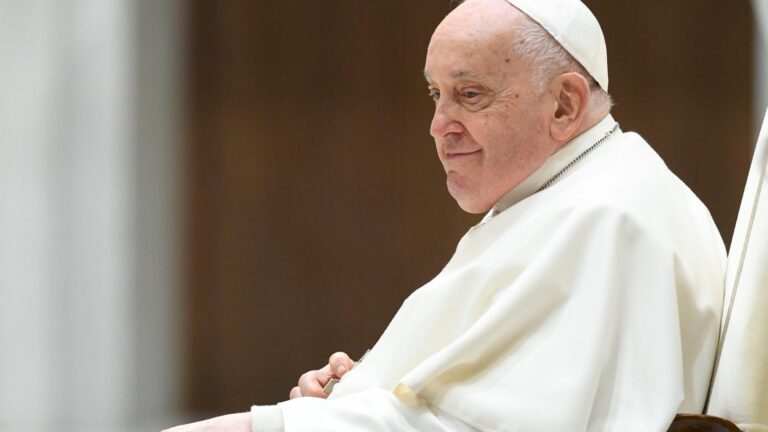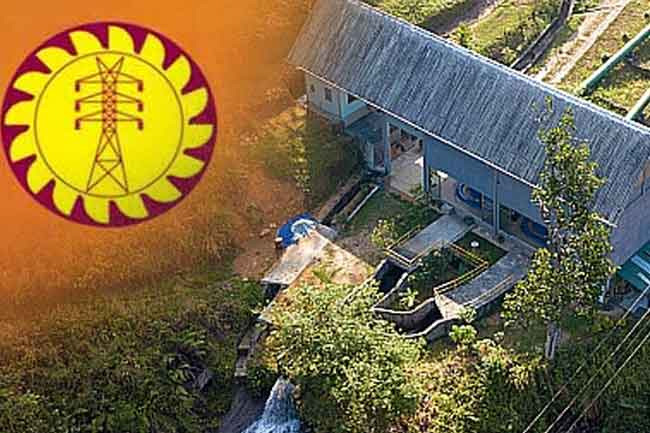Sri Lanka is steadily moving toward a green economy, but a shortage of sustainable finance is hampering progress, according to Environment Ministry Secretary K.R. Uduwawala. Speaking at the launch of the AgriFI Sri Lanka Country Window, hosted by the European Union delegation to Sri Lanka and the Maldives, Uduwawala emphasized the Government’s strong commitment to inclusive and environmentally friendly development.
He pointed to a range of national policies designed to promote renewable energy, sustainable agriculture, and circular economy practices. However, he acknowledged that a lack of financial backing is slowing their implementation. “The Green Sri Lanka initiative is more than just ambition—it’s a strategic vision to balance economic growth with environmental responsibility,” he stated.
Uduwawala stressed that the green transition cannot succeed in isolation. It requires comprehensive financial mechanisms and collaboration across multiple sectors, including private and public institutions, agriculture, SMEs, and both local and international regulatory bodies. Although Sri Lanka has introduced several frameworks, including the National Environmental Action (NEA) Plan, the Net Zero 2050 strategy, and the Green Procurement Policy, many remain underfunded and thus are limited in impact.
The country’s ongoing debt crisis and broader financial instability were cited as key obstacles. These issues have significantly restricted investments in environmental initiatives and limited access to domestic funding. Additional challenges include institutional inefficiencies and policy uncertainty, though the Government is working to address these shortcomings.
Uduwawala commended the European Union for its continued support through the Green Policy Dialogue Facility (GPDF), established in 2022. The initiative aims to integrate inclusive green economy goals into the national governance and economic framework by fostering policy development, improving the investment climate for circular industries, and expanding access to green finance. However, he maintained that this support, while valuable, remains insufficient to fully meet Sri Lanka’s needs.
The Secretary also expressed optimism about Sri Lanka’s potential to serve as a model for resilient, low-carbon economic growth. He highlighted the need for investments in innovation, SMEs, and sustainable industries to realize this goal. Strengthening macroeconomic indicators is essential to attracting investment, and remains a top Government priority.
Uduwawala urged financial institutions, private sector players, and development partners to embrace an integrated investment approach. He emphasized that Environmental, Social, and Governance (ESG) principles should be embedded in all financial decisions to foster long-term, responsible economic development. Aligning with global ESG standards would also attract more investment in clean energy and eco-friendly industries.
Finally, he pointed out a significant skills gap in technical expertise among local stakeholders. He stressed the importance of knowledge sharing and stronger public-private partnerships in driving the country’s green economy vision forward. Uduwawala concluded by calling for collective action and innovative ideas to translate environmental goals into tangible, sustainable progress.

